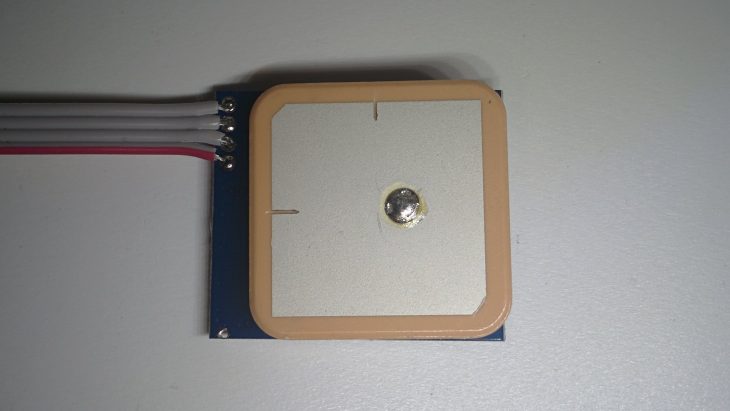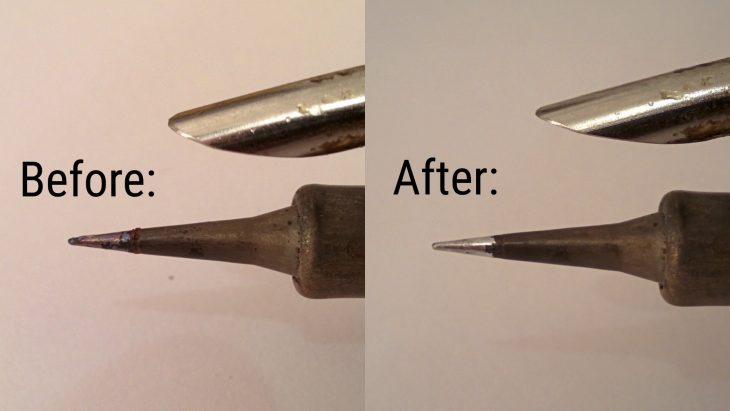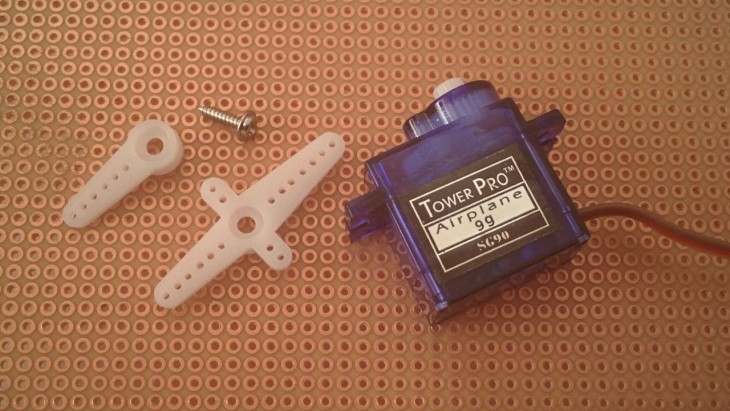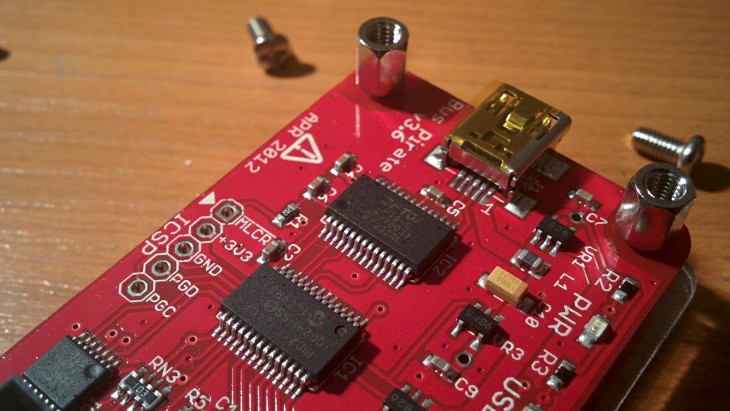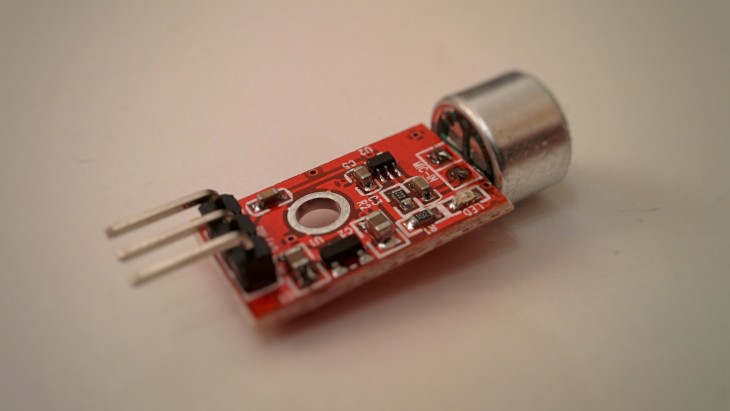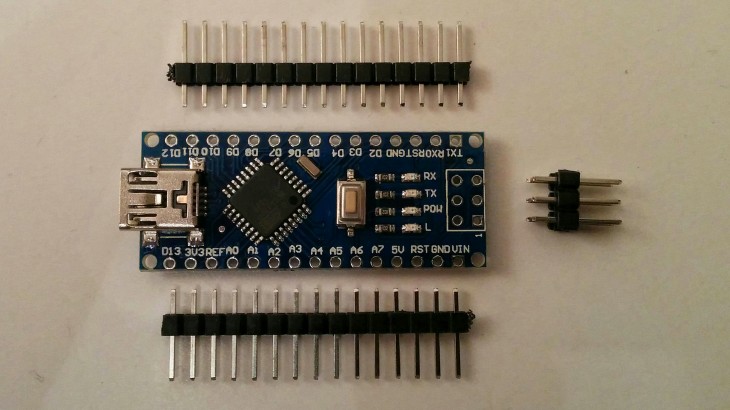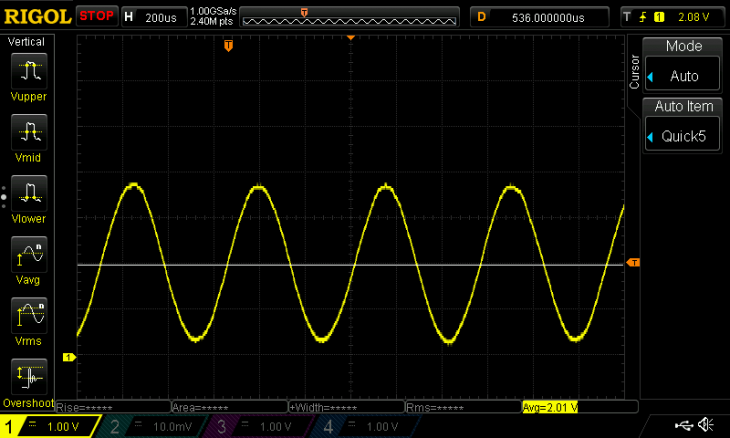If you have ever ordered some cheap electronics from eBay you most probably have faced the following problem. You receive the item in a small package nicely bubble wrapped but you realize very soon that it came without any documentation and the pins are not labeled at all. Well, I just found myself in this situation with a GPS unit and here’s what I did to identify the pins. Read More
What is Qi?
Qi is an inductive power transmission standard that is mainly used for charging some recent cell phones wirelessly. Your phone is most probably Qi compatible if it is a new model and manufactured by Asus, HTC, Huawei, LG, Motorola, Nokia, Samsung, BlackBerry or Sony. Check your phone’s datasheet to be sure!
Why bother DIY instead of buying a charger?
A decent Qi charger costs around 30$ where I live and I wasn’t sure I needed it. Just wanted to try out the technology in everyday use without spending too much. This is a real simple project that doesn’t need any special tools. Read More
In this post we’re going to control an RC servo with an arduino the easiest, most stupid way possible.
This example is for demonstration purposes only. It is very unlikely that you can use this method in any project.
Question:
How do you clean the tip of your soldering iron?
If your answer is “using a wet sponge” then you need to continue reading.
RC servo motors are probably the most popular actuators controlled by Arduinos. They come in many different sizes and shapes but for keeping it simple I’m going to write about a small, analog servo which is quite popular among DIY enthusiasts. Let’s disassemble it and see what’s inside! Read More
If your cheap Arduino clone stopped working recently you’re probably experiencing FTDIgate 2.0.
I won’t go in deep details here because I already spent too many hours solving the issue but here’s what’s happened in a nutshell: a new FTDI driver was force installed through Windows Update which renders the counterfeit chips useless again. This time the update is much more aggressive and a little bit harder to remove.
So if you have an Arduino clone that mysteriously stopped working (unable to upload new sketches) in January here’s what you can do: Read More
If you have ever tried to dim a white LED using a PWM signal you must have experienced that it is not as easy as it first seems. A 10% duty cycle will never result in a 10% brightness. The relationship between the duty cycle and the perceived brightness is not linear at all. In this article I’ll explain my practical method of solving this problem. Read More
In an earlier post I happily announced that I ordered a microphone amplifier board. Today I’ll write about this module. Read More
Today when I came home from work and sat down at my desk I was quite sure I’d spend the whole evening with getting these new Arduino clones working. Actually, I finished in 10 minutes.
Let me introduce the cheapest Arduino Nano clone you could probably get which is actually a really good choice for beginners. Read More
Earlier this year I started a small project to create a whistle controlled IKEA lamp. In the first prototype I used an Arduino nano and a simple microphone amplifier built from discrete parts. In this post I’m going to present this circuit.

